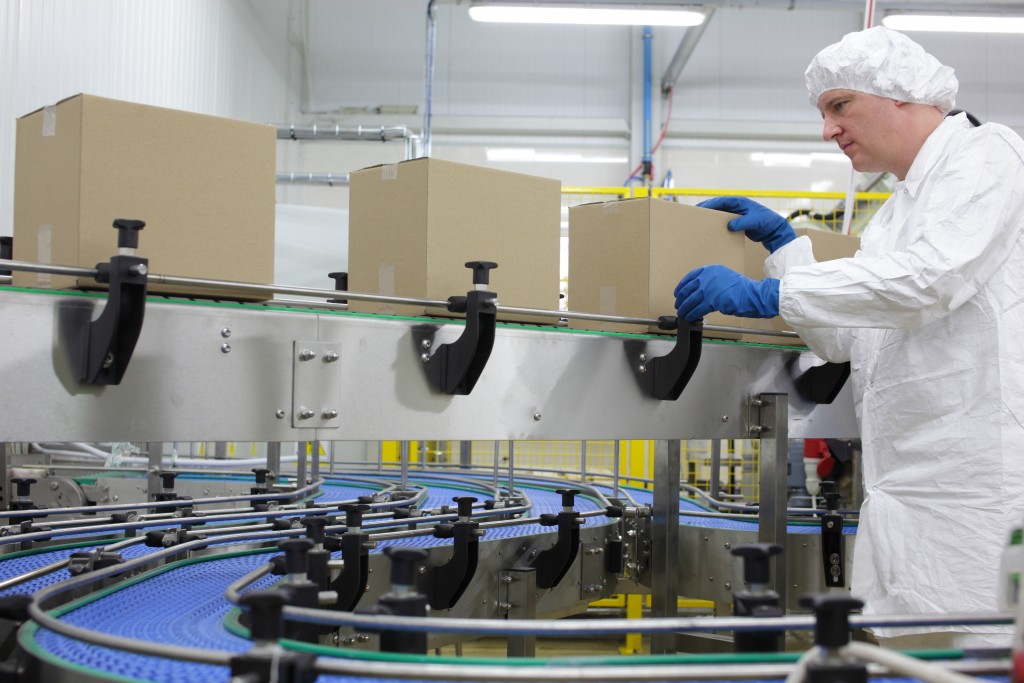Automation and robotics can enrich factories’ ability to succeed and at the same time, improve the lives of people who ensure that everything runs smoothly. If you love futuristic movies, you will be pleased to know that robotics and automation programs are now being implemented by many manufacturing companies in many states. ; While many people still fear that full automation may someday leave workers jobless, many businesses are now discovering the wonders of having these programs in the workplace. Here are some of the not-so-surprising advantages of investing in automation for factories and companies.
Safety
Among the many reasons why companies are investing in robot automation is the ensure safety in production lines. A human being can be easily injured while running machinery in hot temperatures, using sharp objects and heavy machinery. Employees handling these dangerous tasks in the workplace will be thankful to have automated robots to take hazardous work. Often management hires video production companies to feature these safety measures.
Speed
Robot automation can continue working when humans need to take breaks or attend meetings and training sessions. The production line may continue running even because robots can work round the clock. Human employees do not need to work overtime because there is automated help around. It is lighter to meet high-pressure deadlines and even comply with excellent standards when you have a delegation of work between human and mechanical robots.
Consistency
Automated robots will produce consistent products in the end. They are never distracted or do not need to divide their attention between several things. Except for mechanical or technical breakdowns, there are no unexpected emergencies. When you invest in automation, you will have something working at a specific station doing what it is supposed to do.
Precision
When programmed to do a certain task, automated robots will always deliver quality and perfect output. They are less likely to make a mistake when they are programmed to make repetitive actions. They are ideal quality control systems without the possibility of human error.

Happier Employees
Often, automation is installed to perform jobs that involve repetitive, menial or hazardous tasks. When a company invests in automated production robots, human employees are more likely to feel secure and happy. They may become more engaged in company offers of educational opportunities, wellness programs, and innovative projects.
Job Creation
Contrary to what more people think and feel, automation does not take away jobs. It only changes and improves the system. Companies with automated robots in their production line still need humans for supervision and monitoring. As you set up more automated stations, you also need more people to handle and work with the robots or system. Employees will be more than willing to train and develop new skills related to handling, monitoring, or doing technical work for these automated robots.
More Productivity
In any job, robots cannot do everything. There is a need for a human to complete the production line. Human employees will be more available and productive if they are not caught up or stuck doing the tasks that could easily be delegated to automated robots. People should do the talking to customers, answering emails, and interacting on social media. Humans are needed to build the company’s branding, marketing, and selling of products. People can accomplish a lot of things if there is no heavy burden on their shoulders about the production line.
Although full automation is still far in the future, many companies now are investing in various robotic capabilities to improve their production lines. These innovations make the workplaces safer and faster; it also improves the lives of the company’s employees.

